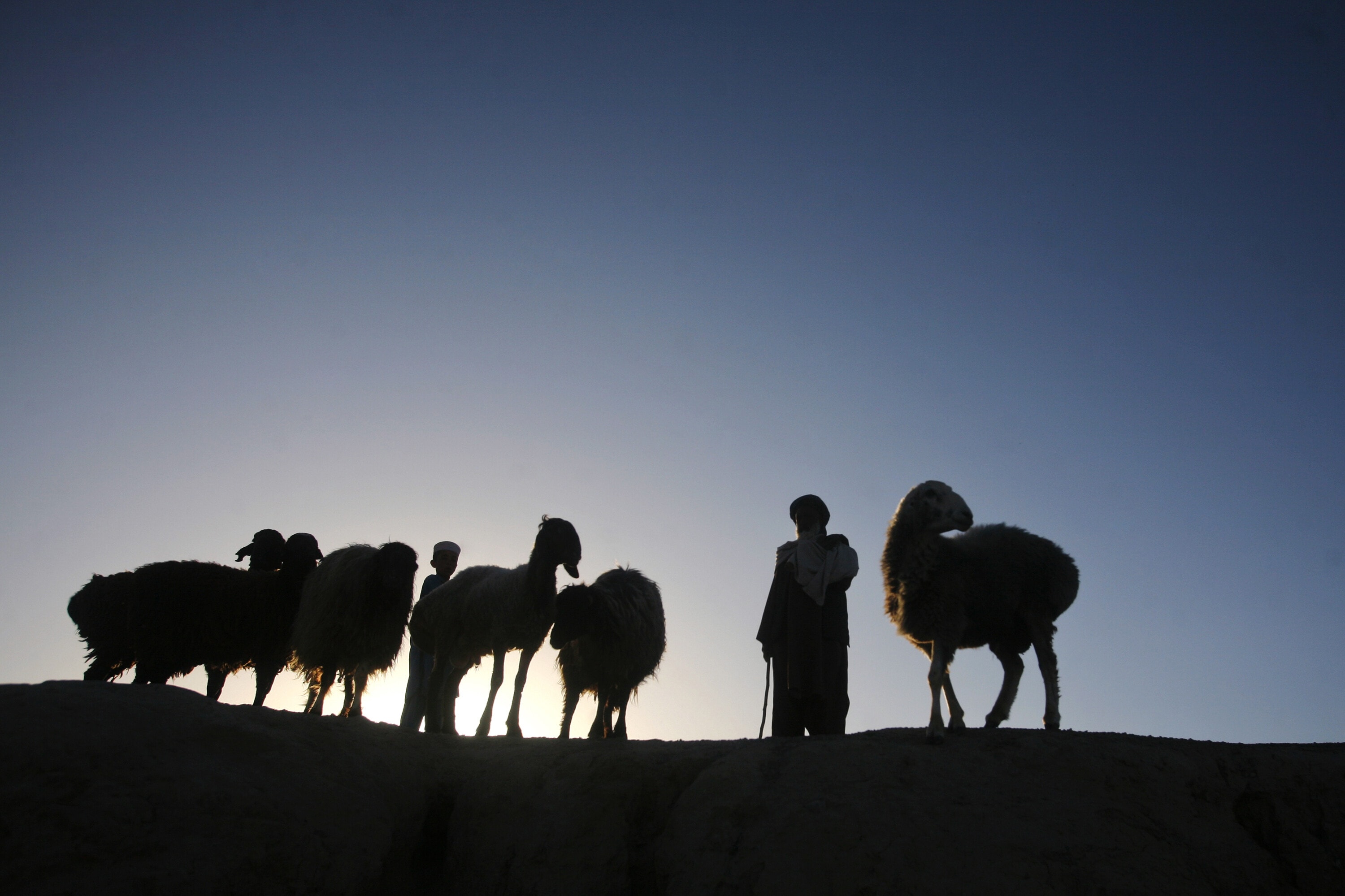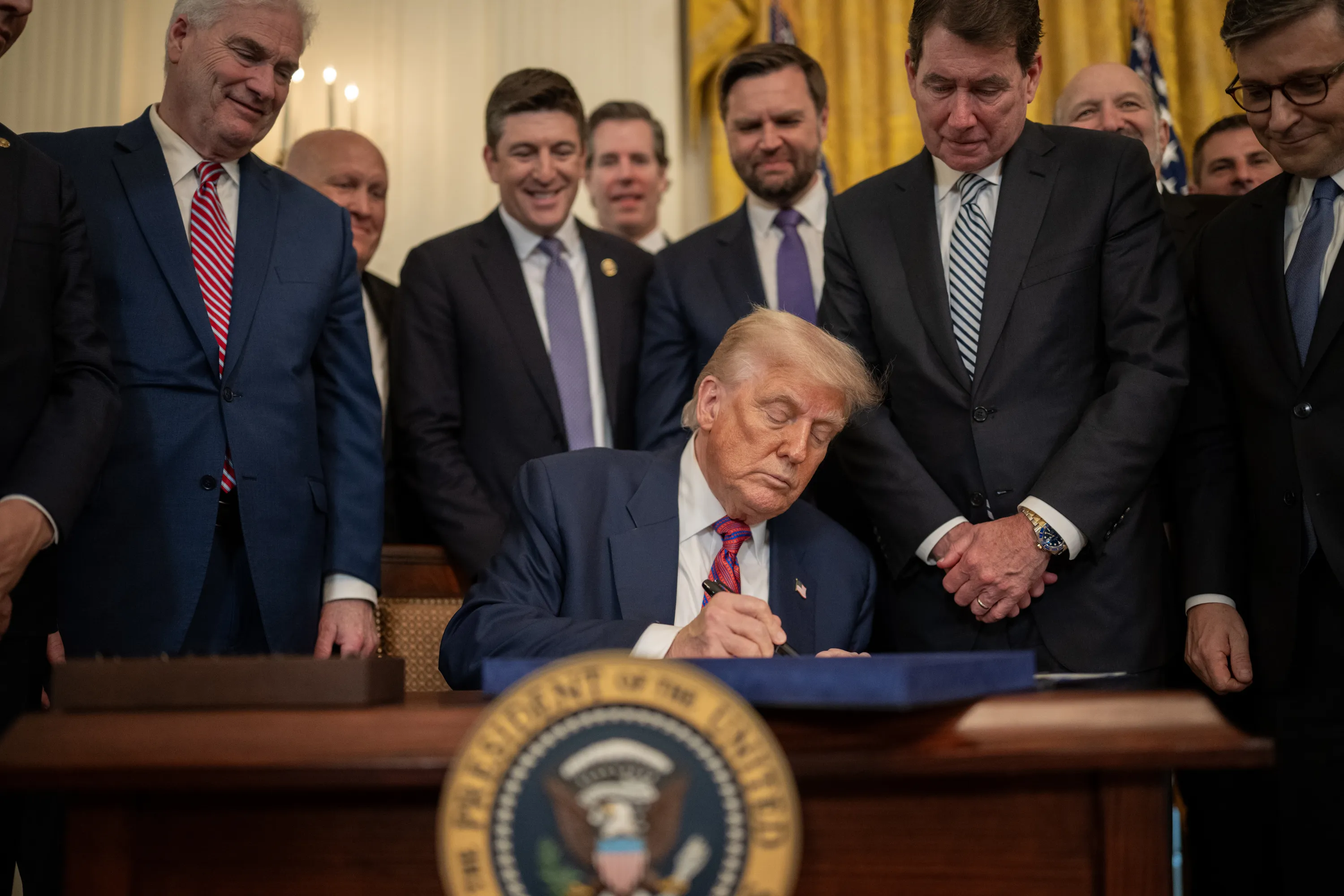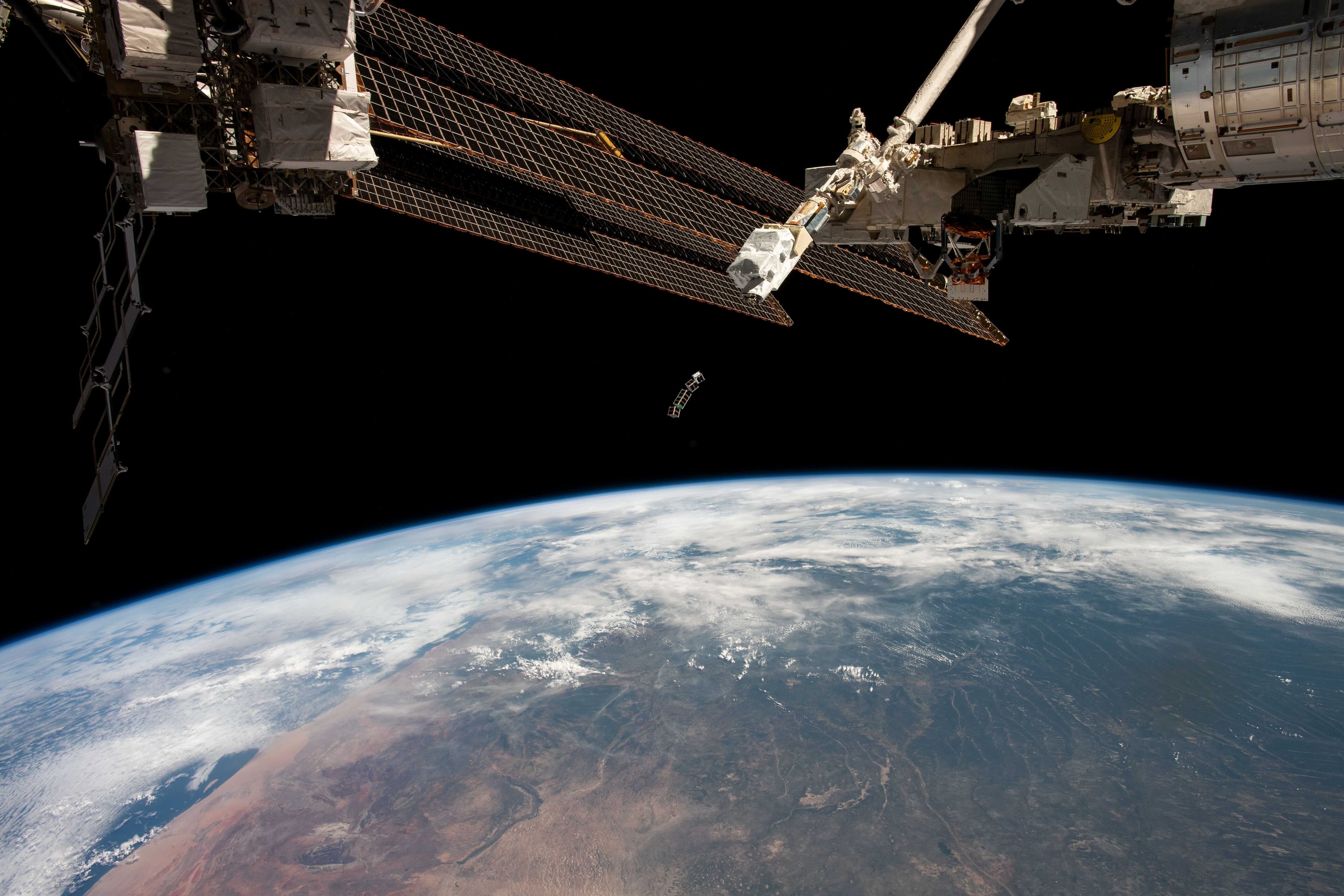How Peru’s drug trade is threatening its economic growth

Stay up to date:
Corruption
Peru has been hailed an emerging market success story, with more than a decade of GDP growth in excess of 6%. While booming mining exports have been the overwhelming driver of this, the shopping malls and SUVs in Lima and other major cities are evidence that domestic demand has also been buoyant.
Since the fall of the authoritarian government of Alberto Fujimori in 2000, Peru has enjoyed an unusually long period of political stability, with orderly changes of democratically elected government in 2006 and 2011, and continuity in economic policy.
All of this is in sharp contrast to the economic and political chaos that characterised the country in the 1980s and 1990s. Hyperinflation, high levels of corruption and terrorist threats from the country’s communist party known as the Shining Path and the marxist Túpac Amaru Revolutionary Movement were a common feature.
But the recent economic boom and political stability mask a series of other severe long-term challenges. Leaving aside the potential for economic difficulties in commodity prices and a plummet in international demand for Peru’s natural resource exports, the country’s role in the international narcotics trade is cause for concern.
Coca production in Peru
In 2012, Peru surpassed neighbouring Colombia as the world’s largest producer of coca, the raw material for cocaine. This was the result of far more aggressive and successful eradication efforts in Colombia. Peru has since stepped up eradication aggressively, meaning that coca production last year was at its lowest level since 1998, and Colombia regained its position as the world’s leading producer. But this does not mean that the problems Peru faces are any less serious.
Coca production in Peru is closely linked to the remnants of Shining Path. These are concentrated in an area known as the Valle de los Rios Apurimac, Ene and Mantaro (VRAEM) in the south central Andes. While quite aggressive military operations are targeting the group there, authorities earlier this year decided to halt eradication, set up a no-fly zone and encourage farmers to grow alternative crops such as coffee and cocoa. The result has been a precipitous increase in coca production in the VRAEM, alongside a dramatic fall in output elsewhere.
In the context of overall falling levels of coca production, it might be possible to argue that containing Shining Light and its activities in the VRAEM is a sensible strategy. However, the VRAEM is also the scene for operations by international drug cartels, particularly from Colombia and Brazil.
International operations
Indeed, a more general significant consequence of Peru’s position in the global drugs trade has been a rise in international cartel operations there. Mexican cartels dominate, operating particularly in northern Peruvian coastal cities such as Chimbote, Trujillo and Tumbes. And this has driven a massive increase in violence.
While Peru’s murder rate is relatively low by Latin American standards (at 6.6 per 100,000 inhabitants in 2013), murder rates in some northern cities resemble those in the more violent countries of Central America. In 2013, the city of Barranca saw 36.2 murders per 100,000 inhabitants, while Trujillo had 25, Tumbes 24.8 and Chimbote 22.1.
Organised crime
Drug cartel activities occur alongside organised crime, with extortion a growing problem. The fruits of economic boom have helped fuel this, with the huge increase in construction activity a frequent target for criminal groups such as La Gran Familia whose operations are taking on an international flavour. Peripheral areas of Lima are increasingly being targeted, such as San Juan de Lurigancho, a large area where there are two large prisons from which many extortion operations are coordinated despite authorities’ attempts to block mobile phone and internet access.
There is a lack of police capacity to combat organised crime, along with deeply embedded corruption. Expensive mobile phone signal blockers installed at prisons, for example, are rarely switched on as a result of corruption within the prison system. And, for as long as the wealthier parts of Lima remain largely untouched by violent crime, authorities are likely to do relatively little to tackle it.
Indeed, the relative impunity of organised criminals suggests that corruption may reach relatively high levels, which is another frequent negative consequence of a natural resource boom. Two recent former presidents currently face investigation for corruption, one of whom is alleged to have links to drug trafficking.
All of this sets the scene for a presidential election next April, which takes place amid signs that the prolonged economic boom may be starting to run out of steam. It is not yet clear who the candidates will be, though a number of key contenders are starting to emerge. There will probably be a highly competitive campaign, with candidates making plenty of accusations against each other.
None of this is likely to make much difference, however, with current security and counter-narcotics strategies remaining largely unchanged. This means that the status quo is likely to continue. Failing to deal with its drug problem in the long-term will harm Peru’s continued growth and, if its economy suffers a downturn, there is potential for a major spike in violent crime and related activity.
![]()
This article is published in collaboration with The Conversation. Publication does not imply endorsement of views by the World Economic Forum.
To keep up with the Agenda subscribe to our weekly newsletter.
Author: Neil Pyper is Senior Lecturer in Business/Management at Coventry University.
Image: A young girl holds out her money. REUTERS/Kieran Doherty.
Don't miss any update on this topic
Create a free account and access your personalized content collection with our latest publications and analyses.
License and Republishing
World Economic Forum articles may be republished in accordance with the Creative Commons Attribution-NonCommercial-NoDerivatives 4.0 International Public License, and in accordance with our Terms of Use.
The views expressed in this article are those of the author alone and not the World Economic Forum.
Related topics:
Forum Stories newsletter
Bringing you weekly curated insights and analysis on the global issues that matter.
More on Economic GrowthSee all
Agshin Amirov and Azar Hazizade
September 19, 2025
Muhammad Osama Khan and James Balzer
September 18, 2025
Eric White and Elia Tziambazis
September 18, 2025
Lars Holmquist
September 17, 2025
Dante Disparte
September 17, 2025
Hazuki Mori and Luigi Scatteia
September 17, 2025






